Are you ready to unleash your creativity and take control over the style of your image generations? With Stable Diffusion models, the realm of image creation has entered a new era of possibilities.
Imagine producing photorealistic portraits or transforming your images into captivating watercolor illustrations, all guided by the power of these models. In this guide, we’ll delve into the world of Stable Diffusion models, exploring what they are, how to use them effectively, and even how to fine-tune them for your unique artistic expressions.
Understanding Stable Diffusion models
At its core, a Stable Diffusion model empowers you to breathe life into your visual concepts. These models are trained on specific datasets, allowing them to generate images in particular styles. Whether it’s a photograph’s realism or a hand-painted illustration’s charm, Stable Diffusion models can replicate these styles with astounding accuracy.
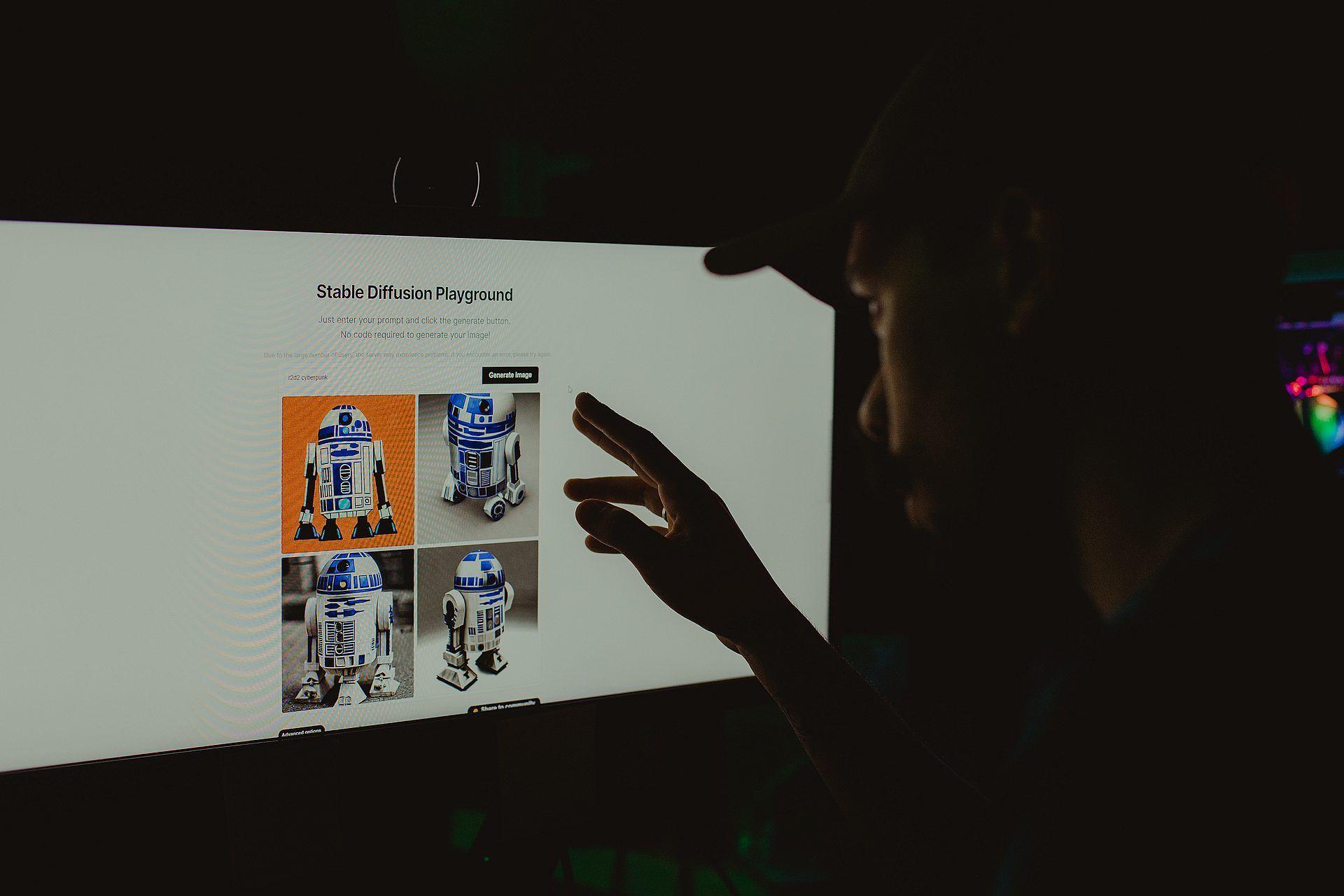
Understanding your tools is crucial, and in the realm of model data files, two types stand out: .ckpt and .safetensor. While both store the same information, .safetensor files are safer because they avoid the potentially risky pickle module found in .ckpt files. Protecting your system and data from malicious code is paramount, making .safetensor files the preferred choice.
Stable Diffusion models come in v1 and v2, each encompassing thousands of fine-tuned models. From photorealistic landscapes to abstract art, the possibilities are ever-expanding. While Stable Diffusion models are impressive, they might not excel in every aspect. For instance, generating anime-style images is a breeze, but specific sub-genres might pose a challenge. Because of that, you need to find the best Stable Diffusion Model for your needs.
12 best Stable Diffusion Models
According to their popularity, here are some of the best Stable Diffusion Models:
- Stable Diffusion Waifu Diffusion
- Realistic Vision
- MeinaMix
- Anything V3
- DreamShaper
- Protogen
- Elldreths Retro Mix
- Protogen
- Modelshoot
- AbyssOrangeMix3 (AOM3)
- Deliberate
- OpenJourney
Let’s take a closer look at each Stable Diffusion Model and find out what they offer!
Stable Diffusion Waifu Diffusion
Waifu Diffusion is one of the most well-known alterations to the Stable Diffusion anime since its premiere.
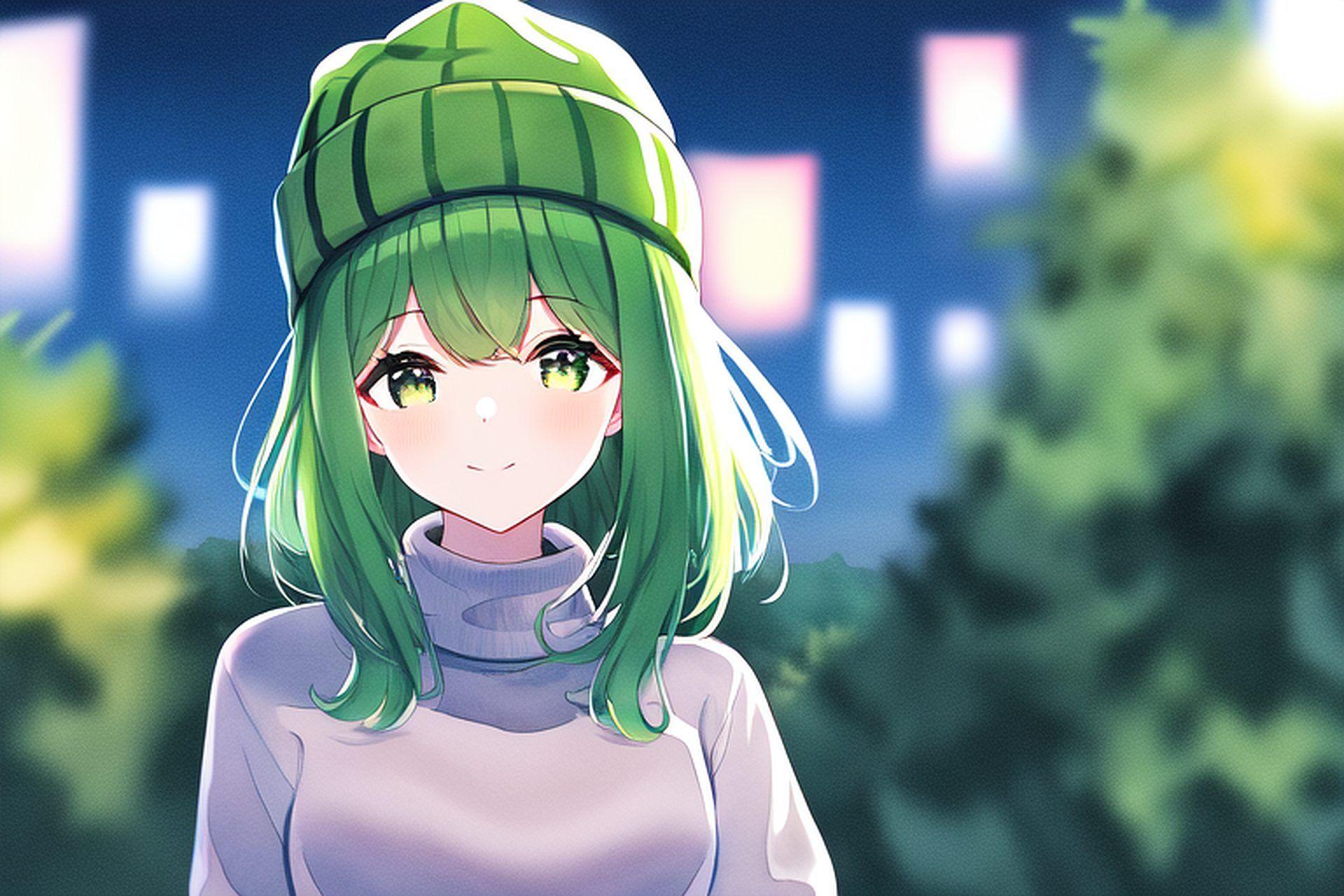
Fine-tuning is called using a model that has been trained on a large dataset and giving it further training on a smaller dataset that you’re more interested in.
How to install Waifu Diffusion on Windows and Mac
Waifu Diffusion v1.4 (the most recent version) is an improvement over the previous version, Stable Diffusion v2, employing 5,468,025 text-image samples from the famous anime imageboard Danbooru.
Realistic Vision
When it comes to teaching machines to generate images, realism is one of the trickiest challenges. Our ability to pick out even the tiniest of flaws and subtleties makes it challenging for computers to produce truly photorealistic images. Yet, Realistic Vision’s trained model has produced impressive outcomes.

The model was able to create a realistic image of a woman that nearly precisely matched our challenge; the “white backdrop” being the only area of difficulty. On the other hand, the scenery is breathtaking, perfectly capturing the scene’s natural splendor. The graphic concludes by demonstrating Realistic Vision’s sensitivity to nuanced digital art detail.
Anybody interested in using AI to create lifelike photographs should check out this model. Remember that you may improve performance even more by employing strategies like as prompt engineering, increasing the number of steps, and so on.
MeinaMix
DreamShaper‘s gorgeous digital art style moves it closer to illustration. This model excelled at the portrait assignment, producing a wonderful work that brilliantly encapsulates the spirit and aesthetic features of the portrayed individual.
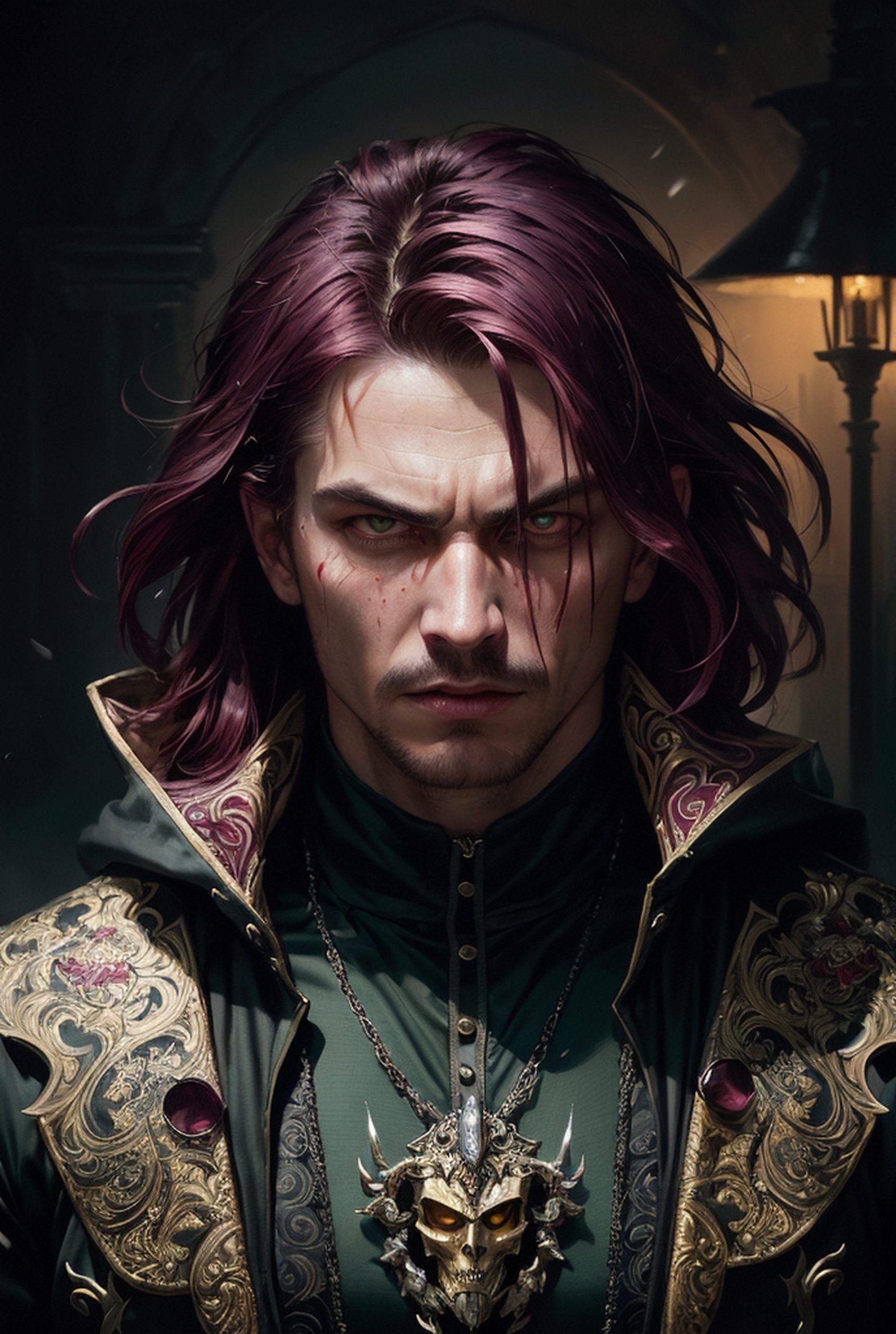
DreamShaper was able to produce intricate, colorful artwork with fascinating features across the countryside. The picture features eye-catching hues and a plethora of geometric forms that give it depth and dimension.
If you want your AI models to be able to generate graphics, this model is what you need. Also, you may adjust a number of parameters to make the final products resemble works of digital art.
Anything V3
The Anything model was built specifically to create scenes typical of the Japanese genre, animes.

This is especially clear with our portrait prompt, since it inspired a young protagonist with a lot of nuanced design choices. A beautiful environment in gentle tones was created by Anything, despite its cartoonish appearance. Last but not least, the example demonstrated Anything’s capacity to produce complicated forms and components.
Anything is the ideal model for creating pictures with an anime style. Getting the most out of this great Stable Diffusion model requires some experimentation with VAE, which we highly suggest.
DreamShaper
DreamShaper‘s gorgeous digital art style moves it closer to illustration. This model excelled in response to the portrait challenge, producing an outstanding work that brilliantly captures the spirit and aesthetic of its subject.
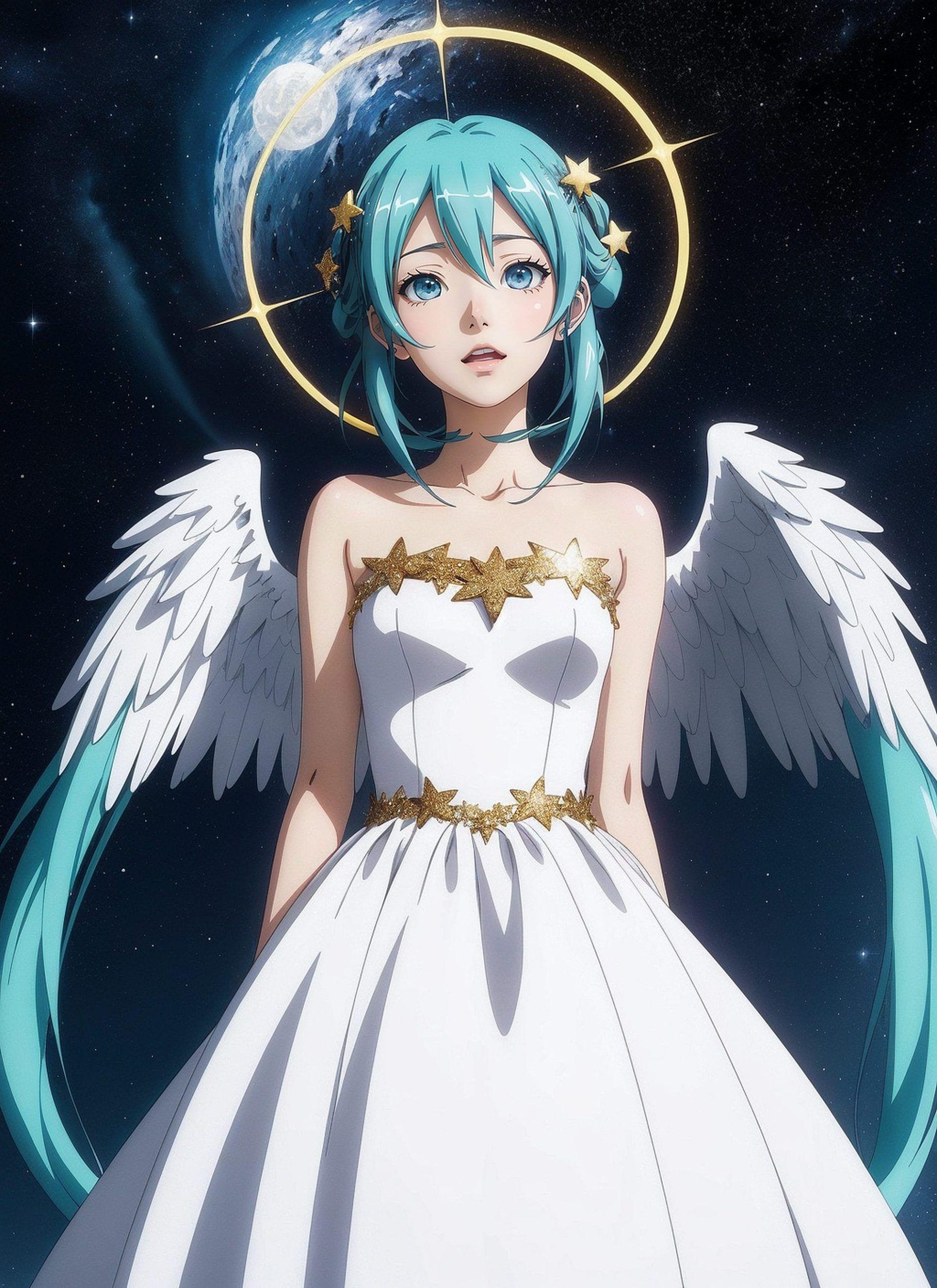
DreamShaper was able to produce an intricate, eye-catching image of the terrain, full of vivid hues and fascinating intricacies. The artwork comes to life with vivid colors and interesting forms.
If you want to use your AI models to make graphics, this is the model to use. You may also adjust the parameters so that your creations resemble works of digital art. To achieve the best outcomes with this approach, we suggest experimenting with various step counts and prompt engineering strategies.
Protogen
The animation style of Protogen, a Stable Diffusion model, is similar to that of anime and manga. Protogen’s ability to develop images with an anime appearance and a high level of detail is sure to please fans of the genre.
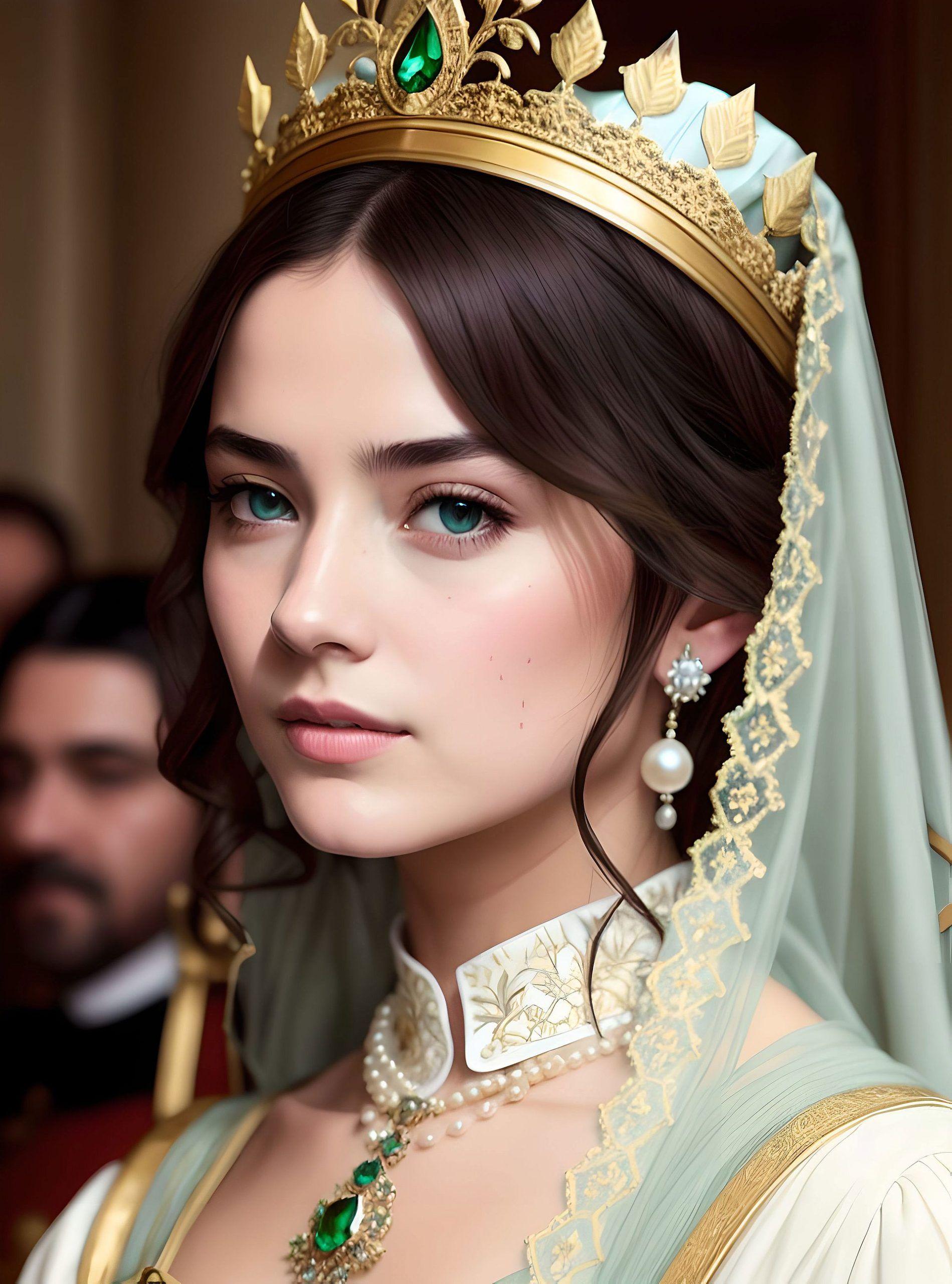
Creating characters, environments, and props for anime and manga is a breeze with this Stable Diffusion Model.
Elldreths Retro Mix
Stable Diffusion model Eldreths Retro Mix is well-known for its retro and vintage-inspired aesthetic. Eldreths Retro Mix, with its superb vintage mood and ability to render intricately detailed visuals, may make you feel like you’ve been transported back in time.
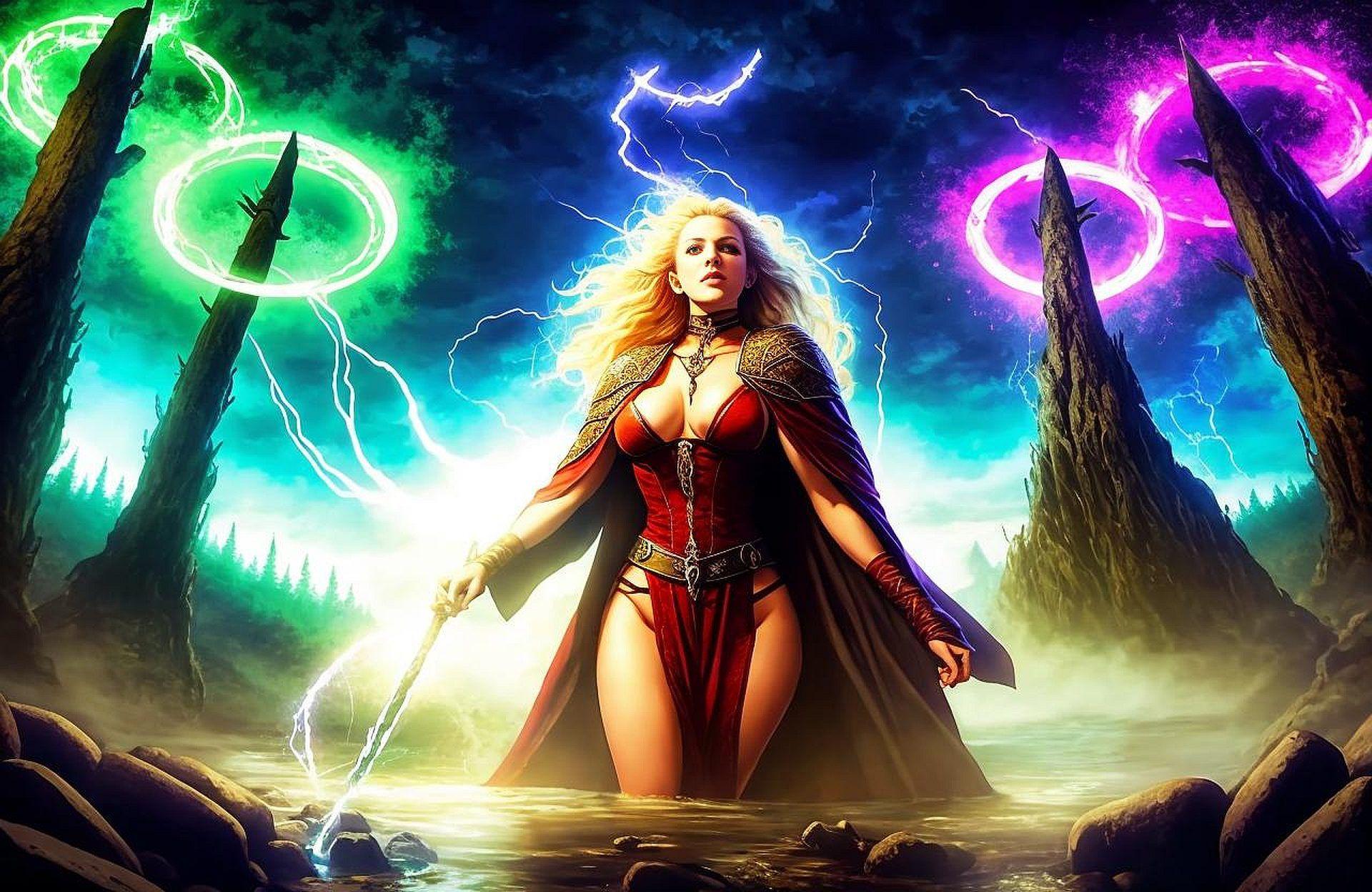
It works wonderfully for depicting people, animals, objects, and historical settings in pictures.
Protogen
The animation style of Protogen, a Stable Diffusion model, is similar to manga-style visuals. Protogen’s ability to develop images with an anime appearance and a high level of detail is sure to please fans of the genre.

Creating characters, environments, and props for anime and manga is a breeze with this tool.
Modelshoot
Modelshoot is a well-known Stable Diffusion model for creating artistic images of people. Its amazing flair for style and attention to detail allows it to create photos that will wow fans of the genre.
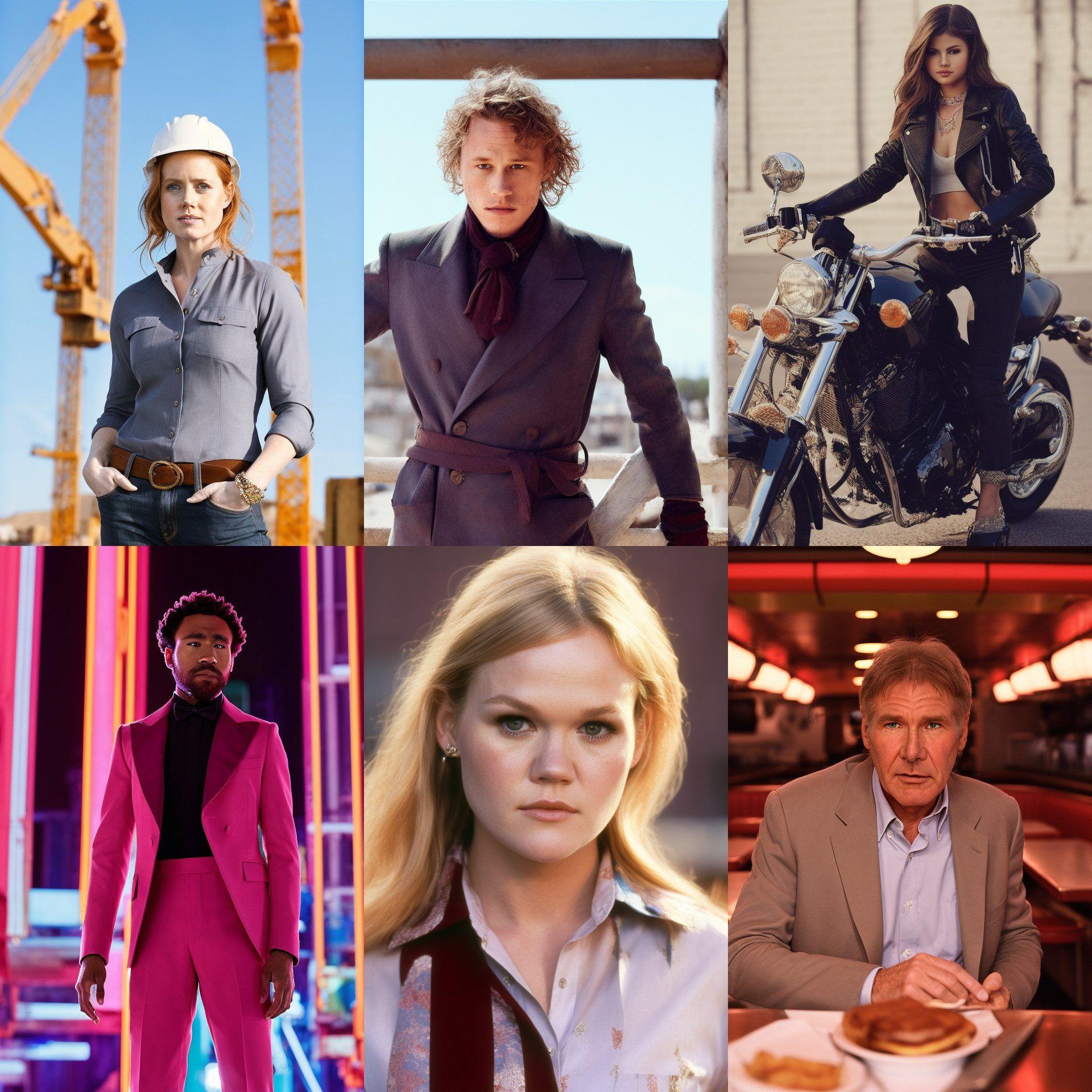
It works well for creating fashion or portrait-style images of people, animals, objects, and other things.
AbyssOrangeMix3 (AOM3)
The AbyssOrangeMix3 model is fantastic for visuals. As may be seen from the illustration, the model is highly stylized. The model came up with creative, detailed images with little direction from us, including the hat in the portrait and the ice cubes and lime slice in our graphic.
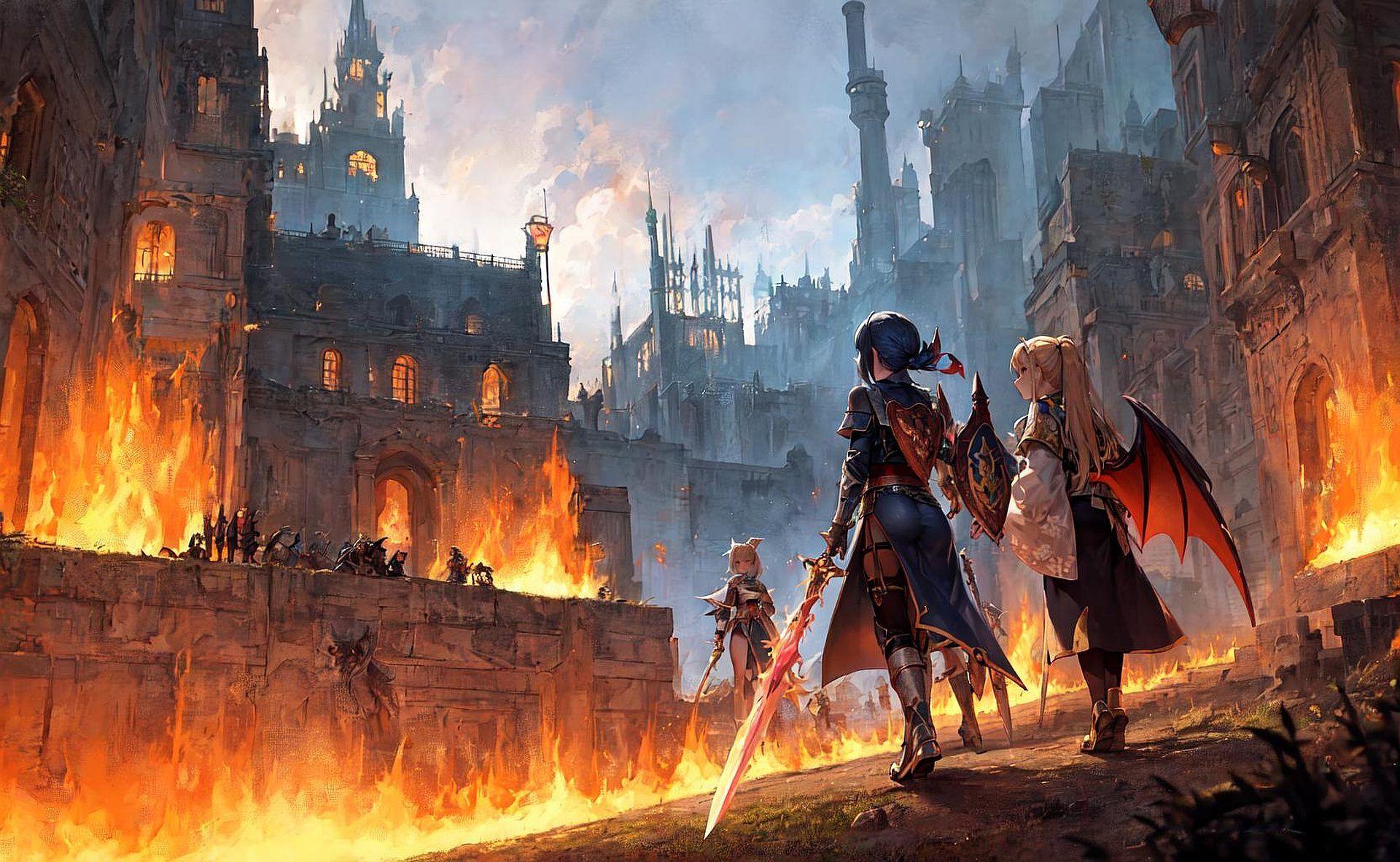
This design is yet another interpretation of the “anime” aesthetic, with its emphasis on vivid colors and distinctive forms. It’s remarkable that with such limited guidance, AOM3 was able to generate an engaging composition based on the landscape input.
We suggest this one if you’re interested in a model with a heavy stylization that tends toward a Japanese aesthetic. All you need are a few adjustments and an appropriate VAE to make your thoughts a reality.
Deliberate
Images generated with the Deliberate Stable Diffusion model are known for their realism and precision. With its beautiful interface and straightforward structure, Deliberate is the go-to program for every artist who aspires to create works of art.
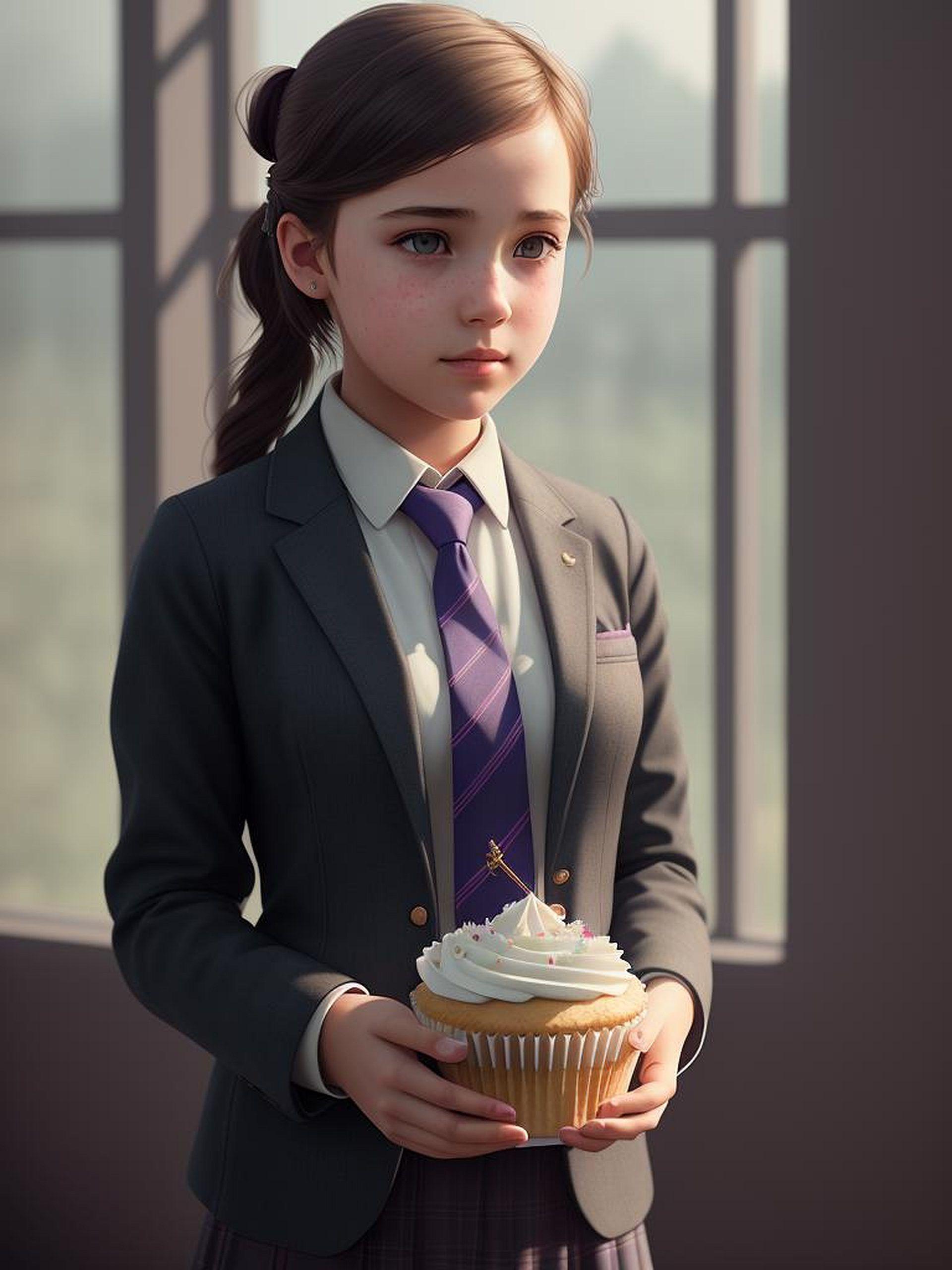
It works wonderfully for simulating everyday settings, including people, animals, and inanimate items.
OpenJourney
The strange and surreal visuals produced by the OpenJourney Stable Diffusion model are well-known. OpenJourney’s extraordinary ingenuity and propensity to defy the rules may lead to stunning sights that will have you scratching your head in disbelief.

It works wonderfully for visualizing imaginary worlds, animals, and events.
How to use Stable Diffusion Models
You just need to follow these easy steps to use Stable Diffusion Models:
Step 1: Acquiring the essentials
Before you embark on your creative journey, you need the right tools. Meet AUTOMATIC1111 Web UI, your gateway to the world of Stable Diffusion. Obtain this indispensable web interface from the provided link and watch as it becomes your trusted companion in crafting breathtaking images.
Step 2: Embrace the repository
Navigate to the treasure trove of possibilities at https://civitai.com/. This platform is your ticket to a variety of Stable Diffusion models curated by the community. Explore categories like Dreambooth Models, Textual Inversions, Aesthetic Gradients, Hypernetworks, and LoRAs. Each model is accompanied by a vivid description, a trained keyword, and the all-important download link.
Step 3: Model migration
Once you’ve secured your model files, it’s time to give them a cozy home. If AUTOMATIC1111 Web UI is your choice, nestle the downloaded model files into the designated models/Stable-diffusion directory. By following this simple step, you ensure your tools are armed and ready for the creative experience of a lifetime. Detailed instructions for various model types can be found on the GitHub wiki page of civitai/civitai.
Step 4: A symphony of imagination
You’re now poised to create magic. Inscribe your text prompt, infuse it with the model’s trained keyword, and witness the marvel unfold. Imagine a Dreambooth Model named “Anime Characters.” Picture a scene, a vision, and infuse it with life by appending the keyword “anime.” Your words become the brushstrokes, your prompt the canvas, and the model, your partner in creation.
Tips and tricks for Stable Diffusion Models
- Precision in prompts: Your journey begins with the prompt. Clarity is your ally. The more explicit and focused your prompt, the more astonishing your creation. Embrace the art of wordplay and convey your vision succinctly.
- The temperature of innovation: Within the realm of Stable Diffusion, temperature is your compass. Play with it. A higher temperature produces an ensemble of serendipitous images, each bursting with uniqueness. A lower temperature, on the other hand, births images of startling realism, each brushstroke deliberate.
- The patience paradox: As you tread the path of creation, patience becomes your guiding star. Remember, the stars don’t rush to illuminate the night sky. If your masterpiece doesn’t emerge instantly, wait a while. Sometimes, the finest creations take time to manifest.
Embark on your odyssey of creativity
With this guide, you’re armed with the knowledge and tools to embark on an odyssey of creativity. Stable Diffusion models are your companions, AUTOMATIC1111 Web UI your chariot, and your imagination, the North Star. As you delve into this realm, remember that artistry knows no bounds, and your creations are a testament to your limitless ingenuity.
Step into the world of Stable Diffusion – where dreams transmute into images, and imagination defies limits. Your creative voyage awaits!
Oh, are you new to AI, and everything seems too complicated? Keep reading…
AI 101
You can still get on the AI train! We have created a detailed AI glossary for the most commonly used artificial intelligence terms and explain the basics of artificial intelligence as well as the risks and benefits of AI. Feel free the use them. Learning how to use AI is a game changer! AI models will change the world.
In the next part, you can find the best AI tools to use to create AI-generated content and more.
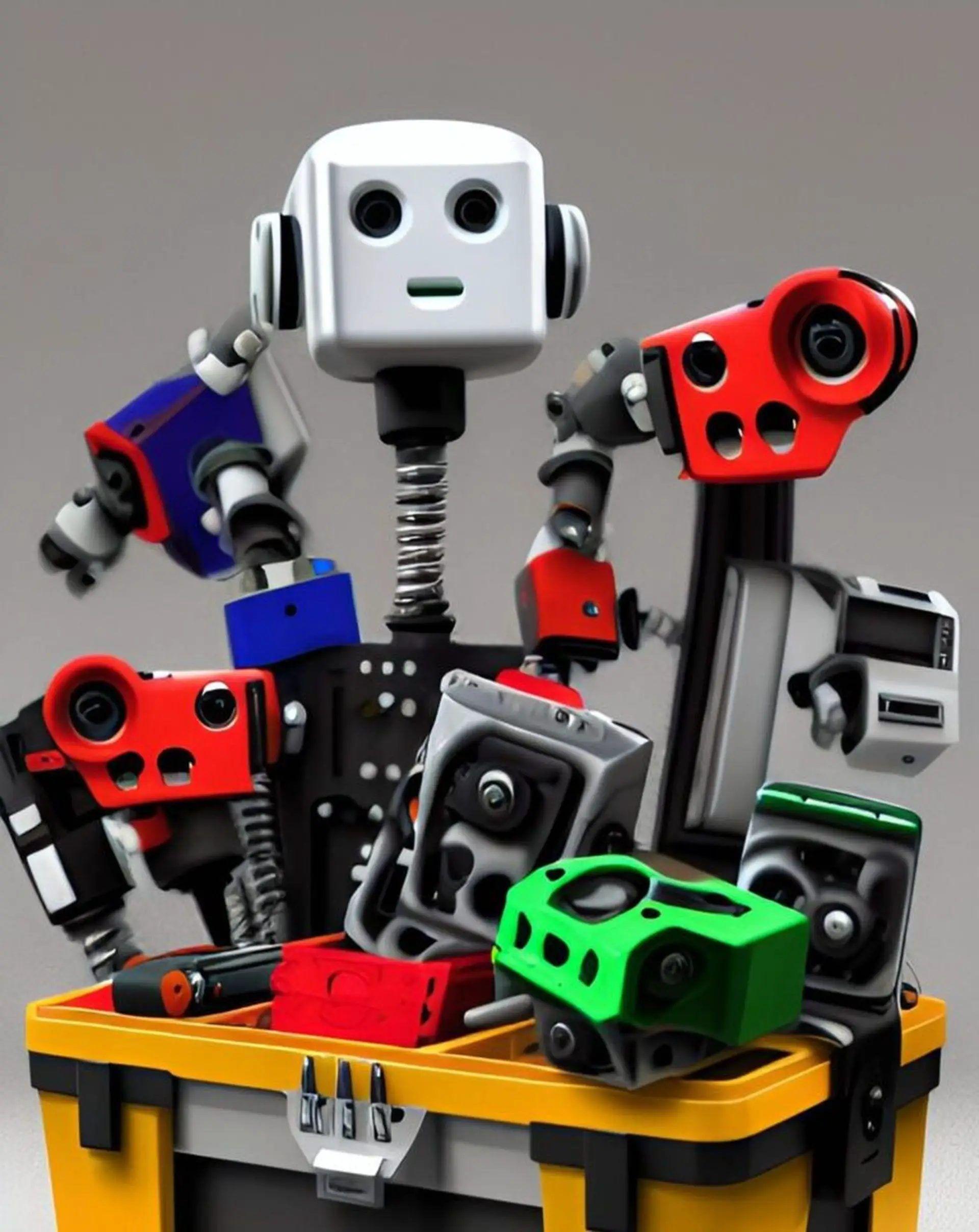
AI tools we have reviewed
Almost every day, a new tool, model, or feature pops up and changes our lives, and we have already reviewed some of the best ones:
- Text-to-text AI tools
- Google Bard AI
- Chinchilla
- Notion AI
- Chai
- NovelAI
- Caktus AI
- AI Dungeon
- ChatGPT
- Snapchat My AI
- DuckAssist
- GrammarlyGO
- Jenni AI
- Microsoft 365 Copilot
- Tongyi Qianwen
- AutoGPT
- Janitor AI
- Character AI
- WordAi
- Venus Chub AI
- Crushon AI
- FreedomGPT
- Charstar AI
- Jasper AI
- WormGPT
- How to use WormGPT AI
- WormGPT download, here are the dangers waiting for you
- Llama 2
- Kajiwoto AI
- Harpy AI Chat
- RizzGPT
- GigaChat
See this before login ChatGPT; you will need it. Do you want to learn how to use ChatGPT effectively? We have some tips and tricks for you without switching to ChatGPT Plus, like how to upload PDF to ChatGPT! However, When you want to use the AI tool, you can get errors like “ChatGPT is at capacity right now” and “too many requests in 1-hour try again later”. Yes, they are really annoying errors, but don’t worry; we know how to fix them. Is ChatGPT plagiarism free? It is a hard question to find a single answer. Is ChatGPT Plus worth it? Keep reading and find out!
- Text-to-image AI tools
- MyHeritage AI Time Machine
- Reface app
- Dawn AI
- Lensa AI
- Meitu AI Art
- Stable Diffusion
- DALL-E 2
- Google Muse AI
- Artbreeder AI
- Midjourney
- How to fix Midjourney invalid link
- Midjourney alternatives
- Midjourney AI tips
- Midjourney V5.2
- Midjourney video generation guide
- Where to look for the best Midjourney images?
- DreamBooth AI
- Wombo Dream
- NightCafe AI
- QQ Different Dimension Me
- Random face generators
- Visual ChatGPT
- Adobe Firefly AI
- Leonardo AI
- Hotpot AI
- DragGAN AI photo editor
- Freepik AI
- 3DFY.ai
- Photoleap
- Artguru
- Luma AI
- BlueWillow AI
- Scribble Diffusion
- Clipdrop AI
- Stable Doodle
While there are still some debates about artificial intelligence-generated images, people are still looking for the best AI art generators. Will AI replace designers? Keep reading and find out.
- AI video tools
- AI presentation tools
- AI search engines
- AI interior design tools
- Other AI tools
Do you want to explore more tools? Check out the bests of:
Featured image credit: Google DeepMind/Pexels






